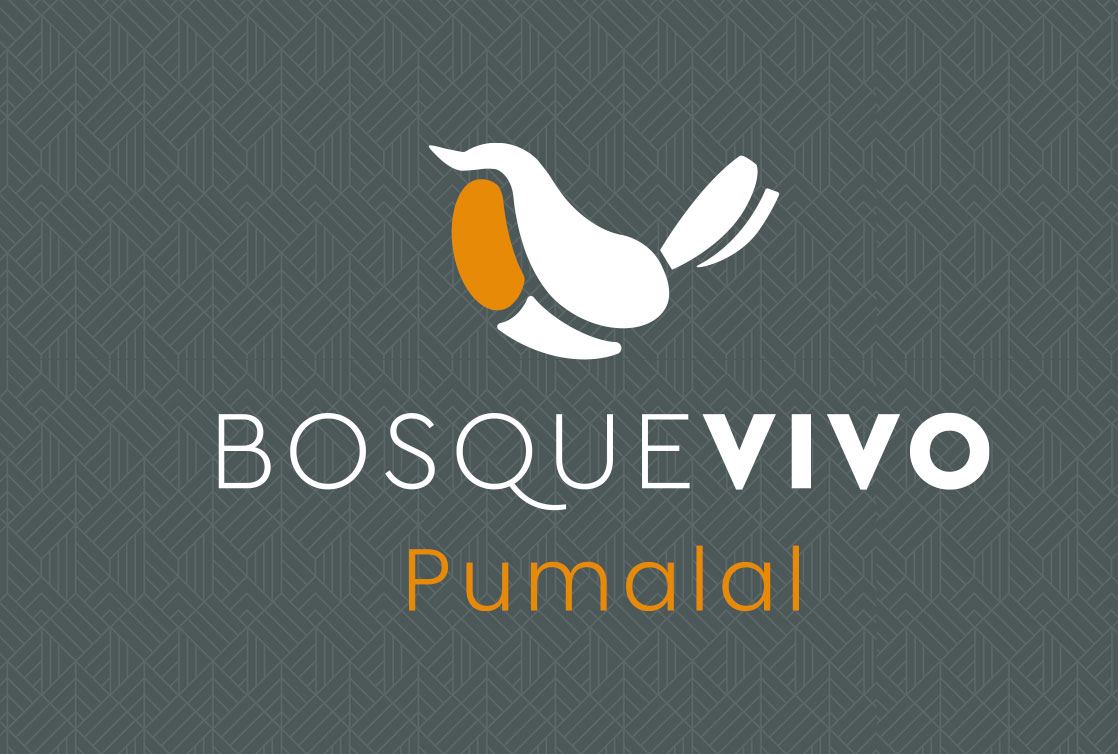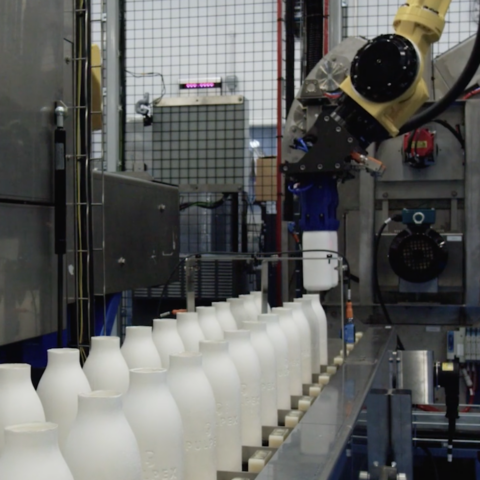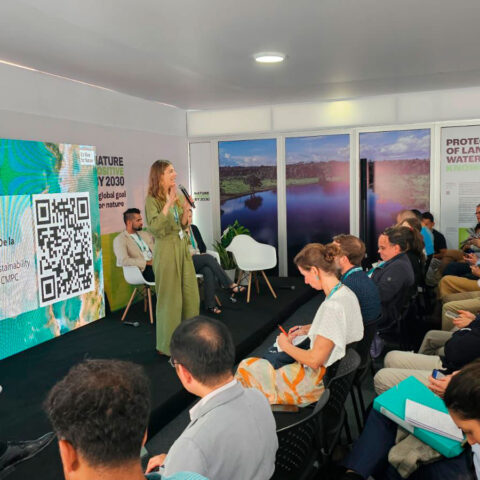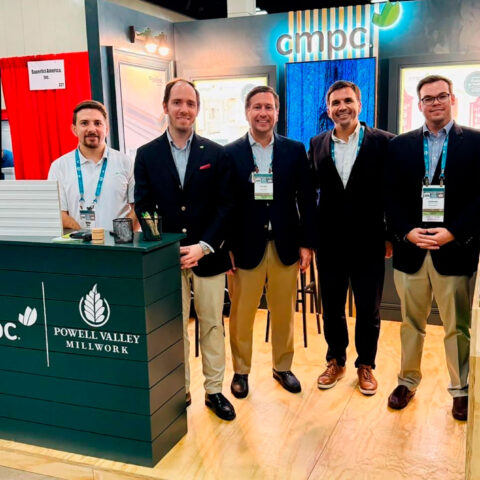WATER MANAGEMENT
The company’s water supply comes from three primary sources: surface water, groundwater, and municipal water, depending on the location and quantity needed. Our industrial operations primarily produce pulp, paper, paperboard, molded pulp, and tissue products.
The company’s water supply comes from three primary sources: surface water, groundwater, and municipal water, depending on the location and quantity needed. Our industrial operations primarily produce pulp, paper, paperboard, molded pulp, and tissue products.
Our corporate goal for sustainable development is to reduce industrial water use per ton of product by 25% by 2025, including all our plants in the eight countries where we operate in Latin America.
GOAL 6.4:

By 2030, significantly increase the efficient use of water resources in all segments and ensure the sustainability of freshwater extraction and supply to address water scarcity and significantly reduce the number of people suffering from water scarcity.
To achieve this goal, the 2025 Water Roadmap was drafted, a plan composed of strategies and projects aimed at reducing water use, which facilitates the identification of the current state and future projections concerning meeting the 2025 goal throughout CMPC’s businesses. The Water Roadmap is a “live” document and its low level of uncertainty allows it to be used as a reliable monitoring and control tool for compliance with the 2025 Water Goal.
In 2022, a new governance was established for CMPC's “Water Use Reduction” Beyond Focus, which considers the creation of the Water Technical Operational Committee, whose objective is to update the roadmap based on progress, detect critical routes, threats, reduction opportunities and establish priorities. This committee meets every two weeks, by plant/business/sub-business and is made up of the following areas (Offices and Departments) of the Company, being led by the Environment, Health and Safety Department’s Water Resources and Effluents Office: Environmental Projects and New Businesses, Studies, Operational Environmental Management, Innovation, Projects and Plant’s Management.
Several of the Roadmap’s initiatives entail recovery and recirculation of water and the improvement of operational efficiency. Some of the projects and initiatives that contributed to the advancing toward the water goal in 2023 were:
| Plant | Description | Reduction (m3/d) | Reduction (m3/ADt) |
| Laja | Swapping out the electrical room cooling system (HVAC) for air conditioning in delignification | 600 | 0.6 |
| Santa Fe | Installation of black liquor cooler in SF1 digester | 1,032 | 1.05 |
| Pacífico | Switching HVAC units to air cooling instead of water in the electrical rooms | 6,552 | 4.85 |
| Guaíba | Water recovery from the heat exchangers of the G1 recovery boiler fans | 3,048 | 2.52 |
Find out more about our water-related initiatives in our Integrated Report 2023
During 2023, the Company created work-cells to address specific environmental issues, such as water. These cells are formed by environmental engineers and led by specialized transversal areas. Their objective is to train operations in the fundamental issues associated with the management of water resources, to raise awareness about the responsible use of water, initiatives, risks and/or improvements to optimize water use in the operations. As reinforcement, communication mailings were generated regarding the use of water in CMPC.
2025 GOAL: REDUCE INDUSTRIAL WATER USE PER PRODUCED TON BY 25%
| 2018 Baseline | 2019 | 2020 | 2021 | 2022 | 2023 | 2025 Goal | |
| Performance (m3/t) | 31.51 | 32.11 | 31.07 | 29.96 | 28.86 | 28.09 | 23.63 (-25%) |
| Annual variation (m3/t) | – | 0.59 | -0.44 | -1.56 | -2.65 | -3.42 | -7.88 |
| Percentage of progress towards goal | – | -7.5% | 5.6% | 19.8% | 33.6% | 43.42% | 100% |
Note: Values are readjusted to include new acquisitions – SEPAC and Panamericana.
COLLECTION, DISCHARGE, AND INDUSTRIAL CONSUMPTION (M3)
| 2019 | 2020 | 2021 | 2022 | 2023 | |
| Collection | 209,696,499 | 210,879,399 | 203,935,768 | 195,375,256 | 191,077,351 |
| Discharge | 175,325,461 | 174,352,400 | 167,846,252 | 163,118,207 | 164,970,538 |
| Consumption | 34,371,039 | 36,527,000 | 36,090,516 | 32,257,48 | 26,106,812 |
PERCENTAGE OF WATER COLLECTION BY SOURCE
| 2019 | 2020 | 2021 | 2022 | 2023 | |
| Aguas superficiales | 91.22% | 90.96% | 91.16% | 91.06% | 91.5% |
| Aguas subterráneas | 7.09% | 7.74% | 7.63% | 7.73% | 7.5% |
| Aguas provistas por tercero | 1.69% | 1.30% | 1.20% | 1.21% | 1.0% |
PERCENTAGE OF WATER DISCHARGE BY DESTINATION
| 2019 | 2020 | 2021 | 2022 | 2023 | |
| Aguas Superficiales | 97,53% | 97,95% | 98,04% | 98,12% | 98.36% |
| Aguas Subterráneas | 0.01% | 0.00% | 0.00% | 0.00% | 0.00% |
| Aguas provistas por terceros | 2.29% | 1.96% | 1.86% | 1.77% | 1.59% |
| Mar | 0.17% | 0.09% | 0.09% | 0.11% | 0.06 |






